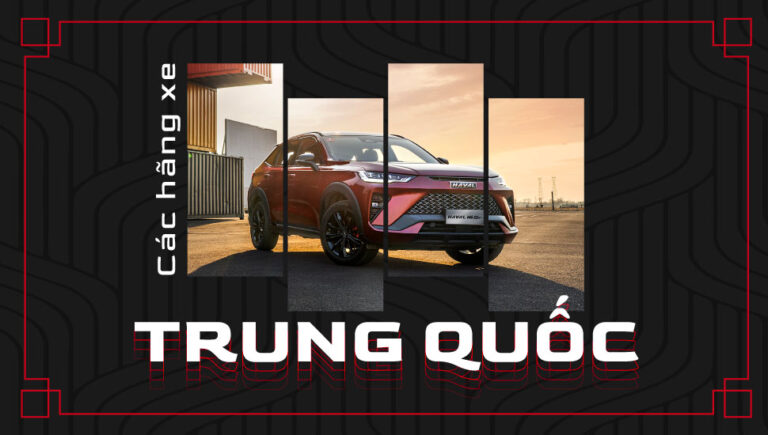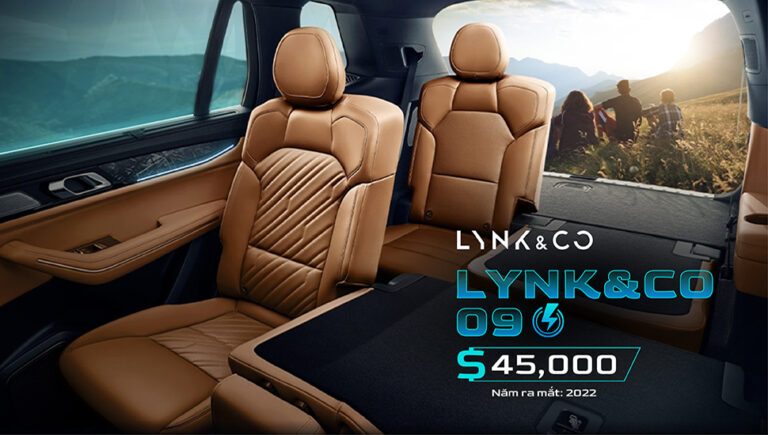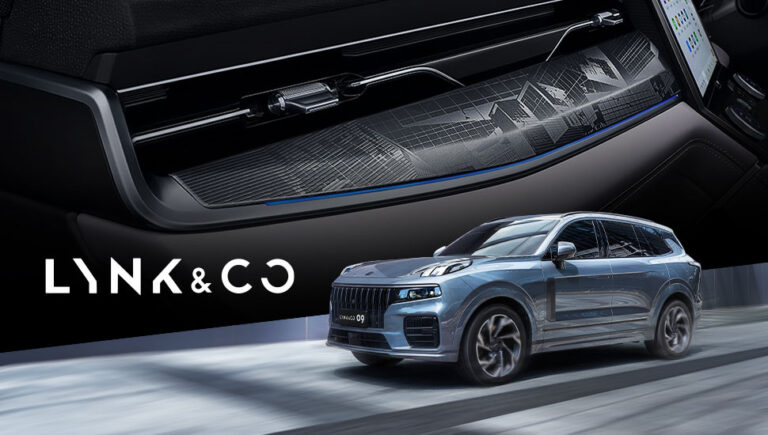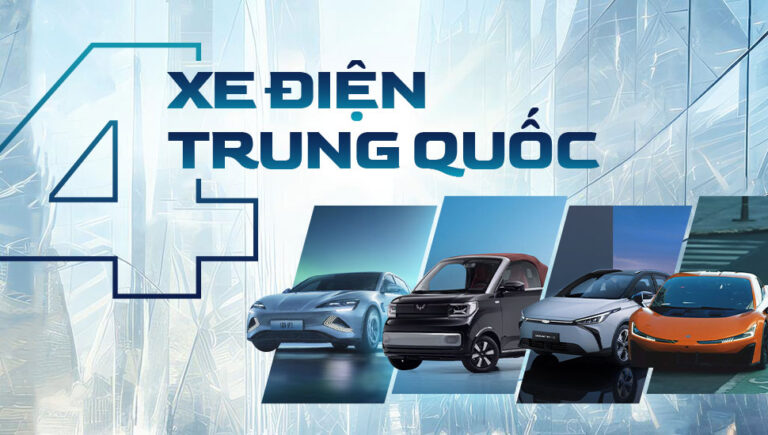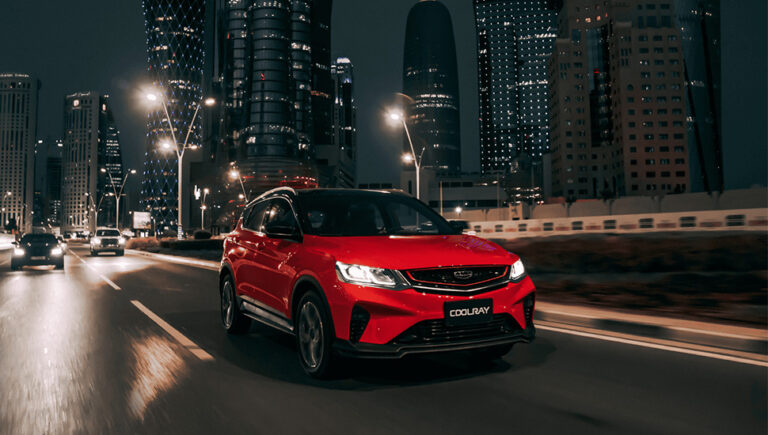Like dragons awakening from slumber, China’s automotive industry has embarked on a remarkable journey—evolving from cautious apprentice to confident master. This rise isn’t merely a tale of manufacturing prowess, but a powerful testament to the unwavering determination and strategic vision of a nation that continues to inspire the world.
The Early Learning Days: Joint Ventures and Imitation (1950-2000)
When the dawn of the automotive industrial era first illuminated Chinese skies, few could have imagined this tottering infant would grow into a global colossus. Chinese automakers began their journey by honing skills through partnerships with Western giants. FAW with its robust Jiefang trucks, SAIC with its humble Santana models, and Great Wall with its meticulous engineering studies—all were like parched fields eagerly absorbing every drop of knowledge from Toyota, Volkswagen, and GM.
FAW – The Firstborn of Chinese Automobiles
In the autumn of 1953, as the first leaves descended to the ground in Changchun, China’s inaugural automobile factory—First Automobile Works (FAW)—laid its foundation stones. With technical assistance from the Soviet Union, FAW rolled out its first Jiefang (Liberation) truck in 1956, marking the nascent moment of China’s automotive industry.
By the 1980s, as reform winds blew stronger, FAW joined hands with Germany’s Volkswagen in a historic partnership. The FAW-Volkswagen plant in Changchun became emblematic of China’s “market access for technology” strategy. Audi 100s and Volkswagen Jettas cruising Chinese streets served as both heralds of a new era and invaluable practical lessons for Chinese engineers.
SAIC – The Bridge Between East and West
In the vibrant southern port city of Shanghai, Shanghai Automotive Industry Corporation (SAIC) embarked on a similar journey. In 1984, SAIC and Volkswagen formed their first joint venture, unleashing a wave of Santanas across the market. A decade later, SAIC expanded its vision through a partnership with General Motors, reintroducing the Buick brand to China—where the last Qing Emperor, Puyi, had owned the first Buick in the early 20th century.
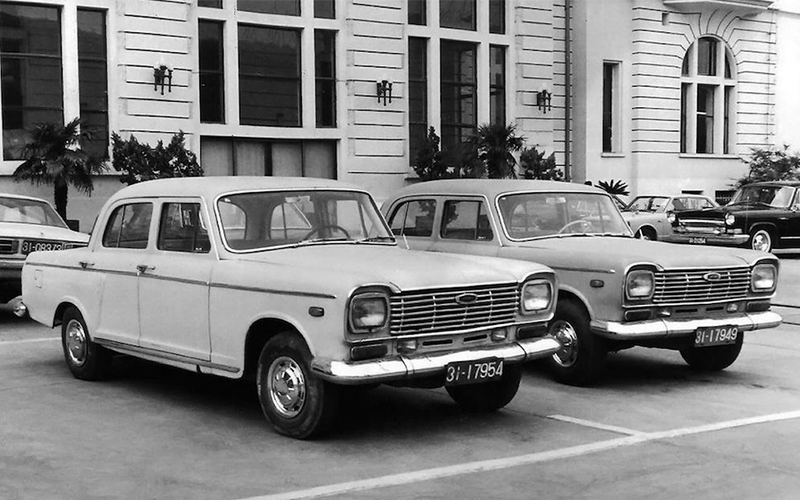
With each joint venture, from German quality control processes to American marketing strategies, from supply chain management to product design—all became pieces in the greater puzzle of self-reliance aspirations.
Great Wall – The Giant from Baoding
While FAW and SAIC chose the joint venture path, a different approach emerged in Baoding, Hebei Province. Great Wall Motors, established in 1984, began as a small repair shop before transitioning to light truck production. Without powerful foreign partners, Great Wall chose the more arduous path: learning through research and experimentation.
In the early 2000s, as the SUV market exploded in China, Great Wall quickly seized the opportunity with its Haval line—a domestic SUV brand that became synonymous with perseverance and adaptability. By studying the Toyota RAV4 and Honda CR-V, Great Wall developed its own design language and gradually built independent R&D capabilities.
This first journey resembled a child learning to walk—stumbling, imitating, and gradually finding its own style. Chinese vehicles of this era still bore the strong imprint of their German, American, and Japanese mentors, but beneath the surface, seeds of innovation had begun to sprout.
The Awakening of Giants: Geely and BYD (2000-present)
If the first half-century represented apprenticeship, the 2000s marked the moment the dragons awakened. Like blacksmiths who had accumulated enough experience to forge their own swords, Geely and BYD stretched their wings, breaking free from the shadows of their Western masters. No longer mere “knockoffs” of questionable quality, the new generation of Chinese automobiles emerged with distinctive design aesthetics, pioneering technology, and ambitions far beyond national borders.
Geely’s bold “learning through acquisition” strategy and BYD’s lithium battery revolution propelled them to leadership positions not just in the domestic market but shifted the power dynamics within the automotive industry. This was no longer about catching up; this was about leading at a pace that left Detroit, Stuttgart, Tokyo, and Seoul looking on with a mixture of amazement and concern.
Geely – The Knowledge Hunt That Shook the World
Geely’s journey began from an unexpected place—the refrigerator industry. In 1986, Li Shufu founded a refrigerator parts manufacturing company with initial capital of just $800. Ten years later, with visionary foresight, Li decided to pivot to automobile production—an industry dominated by state-owned enterprises and foreign joint ventures.
In 1998, Geely’s first car was born—simple, with a noisy engine, far from perfect, but symbolic of China’s “can-do” spirit. Clay modeler Mat Nicolson’s story exemplifies this period. Clay models facilitated the early stages of automotive design, representing the first physical manifestation of a designer’s vision. These clay sculptures would be continuously hand-adjusted until the design team was satisfied, providing a tangible three-dimensional perspective on the final appearance before mass production.
The turning point came in 2010 when Geely shocked the global industry by acquiring Volvo Cars from Ford. The transaction transcended ordinary business, becoming a “knowledge hunt.” Volvo brought Geely not just a premium Swedish brand but a treasure trove of safety technology, product development processes, high-quality engineering teams, and global networks.
Following Volvo, Geely continued expanding its empire with stakes in Daimler (Mercedes-Benz), establishing the premium electric brand Polestar, acquiring Lotus and London Electric Vehicle Company (manufacturers of London taxis), and purchasing Malaysia’s Proton. Geely’s “learning through ownership” strategy accelerated technological development from decades to mere years.
The jointly developed CMA (Compact Modular Architecture) platform with Volvo spawned successful models like the Volvo XC40 and various Lynk & Co products (01, 06, 09). The lower-tier Geely Coolray, selling in Vietnam for just over 500 million dong, has been localized for various Asian markets, starting from Proton’s Malaysian plant. Meanwhile, the premium Zeekr MPV line could potentially become the perfect counterweight to the Toyota Alphard if introduced to Vietnam.
BYD – If You Dream, Dream Extravagantly
If Geely represents the power of acquisition, BYD exemplifies the strength of patience and deep expertise. Founded in 1995 by Wang Chuanfu, BYD (Build Your Dreams) initially only manufactured mobile phone batteries. With solid foundations in lithium-ion battery technology, Wang foresaw the future of electric vehicles very early.
In 2003, BYD entered the automotive sector by acquiring the Tsinchuan Automobile factory. Unlike competitors, BYD didn’t chase the SUV trend or premium sedans but focused on the budget segment with models like the F3—a compact sedan priced under $10,000. This “bottom-up” strategy allowed BYD to accumulate manufacturing experience while ensuring cash flow. When the time ripened, it was no surprise that BYD also produced electric supercars.

BYD’s true strength, however, lies in battery technology. In 2008, BYD introduced the F3DM—the world’s first mass-produced plug-in hybrid vehicle. Genius dealmaker Warren Buffett immediately recognized the potential, investing $230 million in BYD that same year, an investment that has multiplied many times over.
The major breakthrough came in 2020 when BYD introduced its Blade Battery platform. This was followed by the DM-i hybrid system and e-Platform 3.0 architecture currently applied to models like the Sealion 6 PHEV and all-electric Sealion 8, proving BYD’s strategy of technological mastery.
The Road Ahead: Crossing the Great Wall
Like a brilliant hot air balloon breaking free from earth’s gravity, Chinese automakers have escaped the chains of their past to chart their own destiny across global skies. Names like BYD, Geely, Omoda, and SAIC are becoming technological ambassadors, carrying Eastern philosophy of modern mobility across six continents. We are witnessing an unprecedented power shift in the global automotive industry.
These achievements aren’t random strokes of luck like winning the Vietlott lottery, but inevitable results of a national strategy—redefining China’s name in mobility technology. Factories in Shenzhen, Shanghai, and Hefei now shine like beacons of innovation—where solid-state batteries, autonomous driving technology, and “Living Room on Wheels” design concepts are no longer science fiction but tangible reality. CATL is no longer an obscure name but the heart providing rhythm for Tesla, BMW, and Mercedes.
As Chinese-born electric vehicles find their way into garages from Milan to Melbourne, from São Paulo to Seattle, from Bangkok to Saigon and Hanoi, they roll forward as representatives of both cultural renaissance and technological vision from a 5,000-year-old civilization. Design lines flowing like Chinese calligraphy, user interfaces embodying yin-yang philosophy, and electric motors humming with the gentle resonance of a guzheng harp tell a new story of Chinese Heroic identity and character.

The endlessly inspiring journey of Chinese automakers demonstrates humanity’s limitless potential when given access to knowledge, driven by ambition, and free to dream of a different future. From simple production workshops in Changchun seven decades ago to luxurious showrooms on the Champs-Élysées, the Chinese balloon has soared high and far, carrying the message “Imagined in China, Created for the World“—a triumphant chorus resonating across the four corners of the earth.

